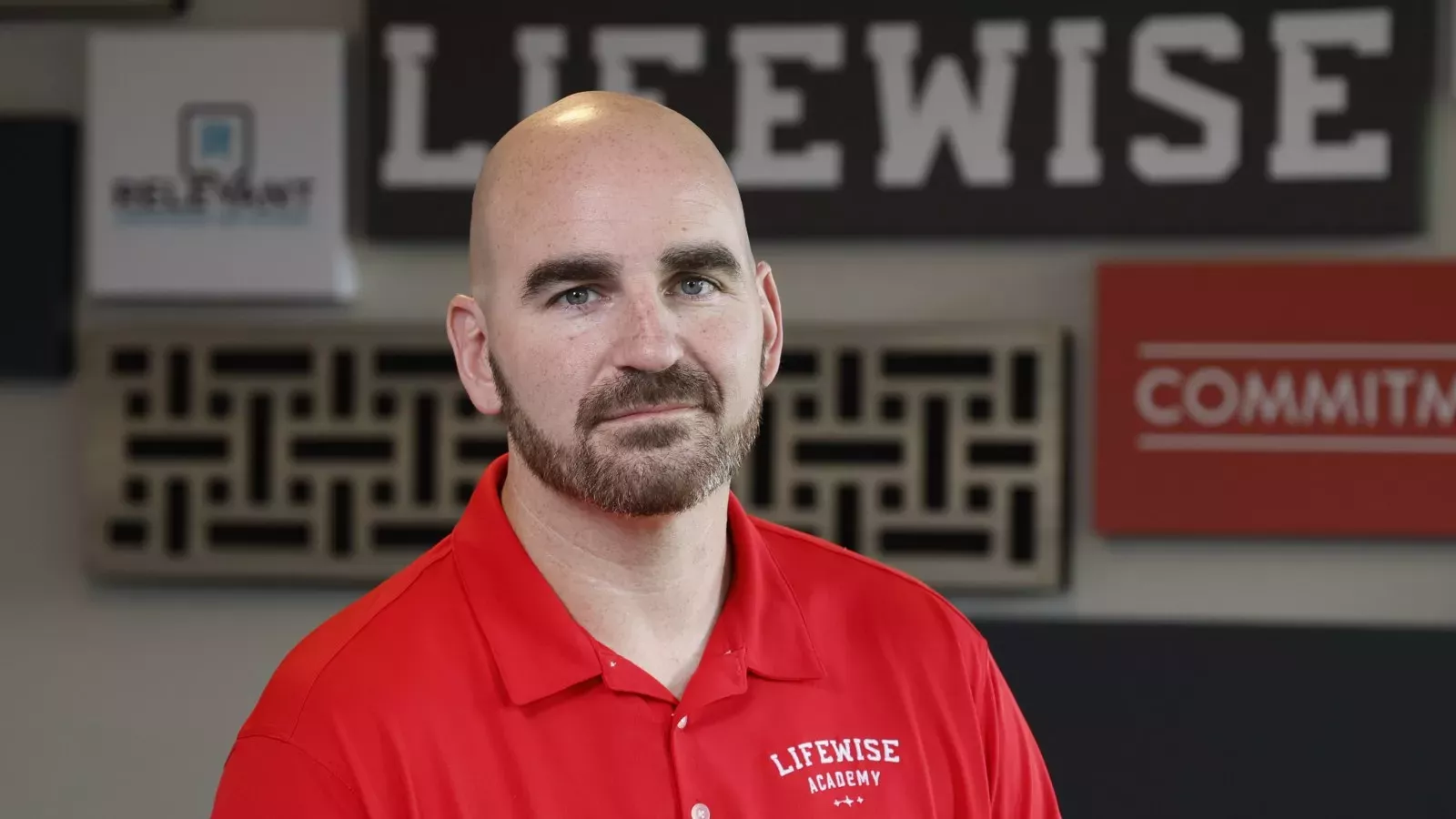Sweet Bribery: How Candy Lures Children into Religious Education Controversy

Religious liberty advocates are preparing to challenge Ohio school districts over a controversial "release time" policy, signaling a potential legal showdown that could reshape educational practices in the state. The advocates argue that the current implementation of release time programs may infringe on constitutional protections and student rights.
Release time policies typically allow students to leave school premises during the school day to participate in religious instruction, a practice that has sparked heated debate about the boundaries between education and religious freedom. Religious liberty groups are now mobilizing to ensure these programs comply with legal standards and do not inappropriately blur the line between church and state.
Legal experts suggest that while release time programs can be constitutional when carefully structured, many school districts may be inadvertently overstepping legal boundaries. The threatened legal action serves as a warning to educational administrators to review and potentially revise their current policies.
The potential lawsuit highlights the ongoing tension between protecting religious expression and maintaining the secular nature of public education. As the situation develops, school districts across Ohio are likely to scrutinize their release time policies more closely, anticipating potential legal challenges.
